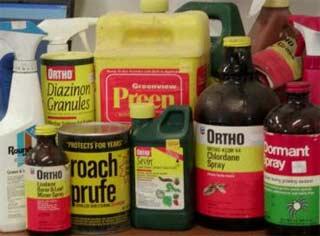
Poison Determination

"All things are poison and nothing is without poison, only the dose permits something not to be poisonous." Paracelsus (1493-1541)
Poisons typically require an experienced and well trained-eye to identify. The Toxicology section has scientists who specialize in this type testing to aid in the analysis of undetermined or suspicious death cases
Poisonings may involve a large list of potential substances including pesticides, heavy metals, gases, and cleaning solutions. Carbon monoxide is the most frequently observed poison, and a carboxyhemoglobin determination is used to test for the presence of carbon monoxide. The classical poisons which continue to be of interest are arsenic, cyanide, and strychnine. These substances can sometimes be found in victims of homicide, but more commonly encountered in suicides, accidental poisonings, or from environmental exposures. The crime lab also routinely tests for the presence of ethylene glycol (antifreeze) and gamma-hydroxybutyric acid (GHB), a drug commonly associated with date-rape.
The laboratory tests a wide variety of samples for the presence of poisons. Commonly tested samples include blood, urine, stomach contents, and tissues, such as liver.